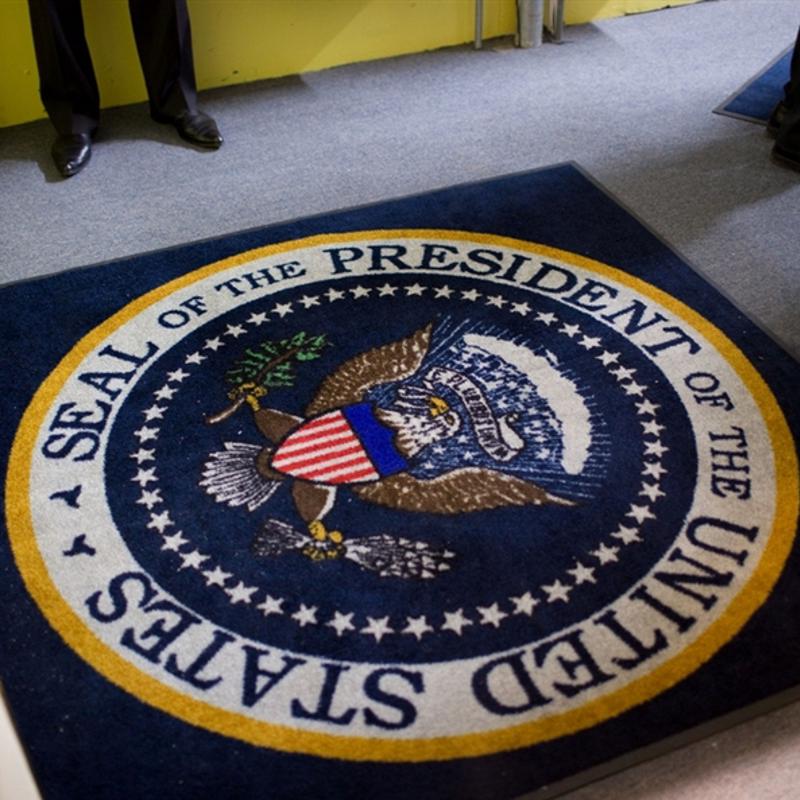Despite cooling prices at the gas pump — with summer vacations effectively over and oil production ramped up — inflation remains white hot, as new data suggests the supply chain is still encountering the effects of demand outpacing the availability of goods.
The Consumer Price Index, which measures price changes for a wide variety of goods and services, rose a tenth of a percent in August compared to July, according to the latest figures released by the Department of Labor. The CPI was steady last month relative to June but rose on a year-over-year basis.
It did so again for August, this time by 8.3% compared to 12 months ago. The CPI has remained persistently high for almost the entirety of 2022 due to a variety of contributing factors, including the fallout of the pandemic, rampant government spending, rising wages and low unemployment. The last time the costs of goods and services were this elevated was back in the 1980s.
The rate at which prices rose in August came as a surprise to many economists. Indeed, experts polled by Reuters expected the CPI to slide 0.1%. Economists anticipated a dip primarily because the cost of gasoline has fallen sharply. As of the week of Sept. 12, a gallon of unleaded regular sells for a national average of $3.69, according to the U.S. Energy Information Administration. That's down from $3.74 a week earlier, $3.82 two weeks prior to that and north of $5.00 in the month of June.

President pleas for patience on high prices
When asked about the latest CPI report, President Joe Biden urged Americans to be as patient as possible, saying it would "take more time and resolve to bring inflation down." In August, Congress passed the Inflation Reduction Act, a multi-billion dollar spending package supporters believe will help to lower prices by raising taxes and funding several alternative energy initiatives. Critics, however, say the measure will do just the opposite by injecting more money into an economy that already has too much as it is, thereby fueling demand.
One of the ways officials are trying to tamp down demand is by raising interest rates. The Federal Reserve has hiked key interest rates several times this year, with the current target range at between 2.25% and 2.50%. Those rate increases are expected to continue for the foreseeable future, with some believing the Fed will do so until interest rates align with the rate of inflation.
Sung Won Sohn, a finance and economics professor at Loyola Marymount University in Los Angeles, told Reuters that inflation will remain uncomfortably high into next year and perhaps beyond that.
"Wages and shelter costs will remain the primary drivers of future inflation," Sohn warned. "No significant respite in inflation is in sight."
While the U.S. is officially in a recession — defined by two consecutive quarters of negative growth — some economists believe the recession may need to be more severe in order to bring prices down to earth so supply and demand can get in a better state of balance.


Post A Comment:
0 comments so far,add yours